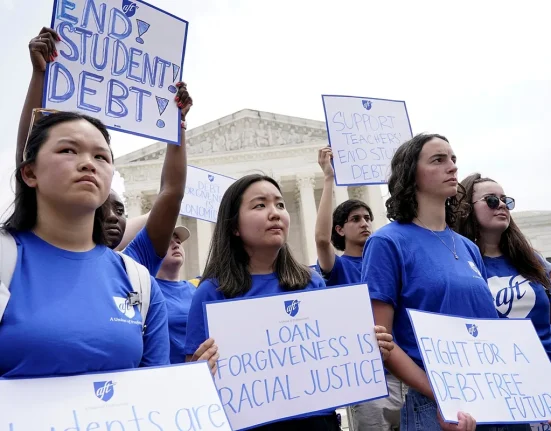The Public Service Loan Forgiveness (PSLF) program has been a beacon of hope for many Americans burdened by student loan debt.
Established in 2007, the PSLF program aims to provide relief to individuals working in qualifying public service jobs by forgiving their remaining federal student loan balance after 120 qualifying monthly payments.
How does the program work?
To qualify for PSLF, borrowers must meet several criteria:
1. Employment in Public Service: Borrowers must work full-time for a qualifying employer, which includes government organizations, non-profit organizations that are tax-exempt under Section 501(c)(3) of the Internal Revenue Code, and other types of non-profit organizations that provide qualifying public services.
2. Repayment Plan: Borrowers must make 120 qualifying payments under an eligible repayment plan. Qualifying repayment plans include all income-driven repayment plans, such as Income-Based Repayment (IBR), Pay as You Earn (PAYE), and Revised Pay as You Earn (REPAYE), as well as the 10-year Standard Repayment Plan.
3. Qualifying Payments: Qualifying payments are those made in full, on time, while employed full-time by a qualifying employer. These payments do not need to be consecutive, but they must be made under a qualifying repayment plan.
4. Certification: Borrowers must submit a PSLF Employment Certification Form annually or whenever they change jobs to verify their employment and ensure they are on track for loan forgiveness.
Is it worth it for student loan repayment?
While the PSLF program offers the promise of complete loan forgiveness after 120 qualifying payments, determining whether it’s worth pursuing depends on individual circumstances.
For borrowers working in qualifying public service jobs with substantial student loan debt, PSLF can provide significant financial relief. By having their remaining loan balance forgiven, borrowers can potentially save thousands of dollars in loan payments.
However, the PSLF program has faced criticism and challenges over the years. Issues such as complex eligibility requirements, limited awareness among borrowers, and high rates of initial denial for forgiveness have led to frustration and skepticism about the program’s effectiveness.
Furthermore, recent proposed changes to the program, including capping forgiveness amounts and eliminating certain repayment plans, have raised concerns about its future viability and impact on borrowers.
Ultimately, whether PSLF is worth pursuing depends on factors such as individual career goals, loan amount, repayment plan, and eligibility for other loan forgiveness programs. Borrowers should carefully weigh their options, consider alternative repayment strategies, and seek guidance from financial professionals to make informed decisions about managing their student loan debt.
In conclusion, while the PSLF program offers the promise of significant loan forgiveness for borrowers working in public service, its effectiveness and worthiness for student loan repayment depend on various factors. As borrowers navigate the complexities of student loan repayment, it’s essential to stay informed, evaluate options carefully, and seek assistance when needed to achieve financial stability and debt relief.







